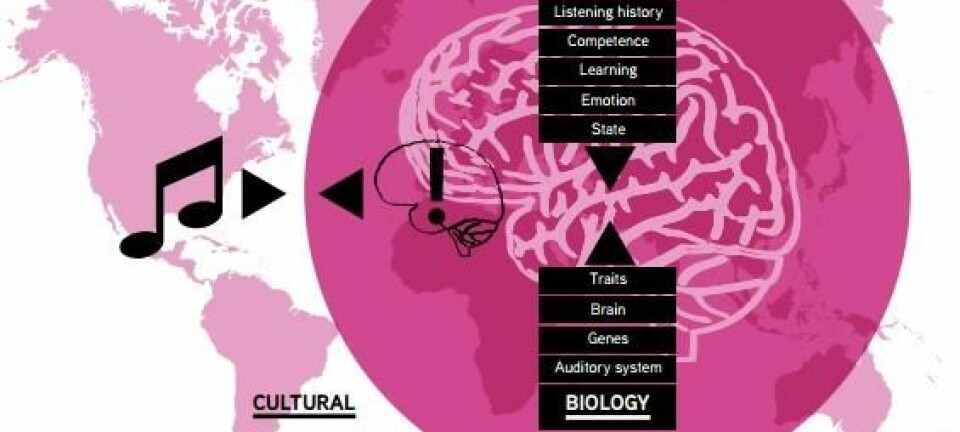
Scientists find a cause for one of the most painful disorders in the world
Trigeminal neuralgia -- one of the most painful disorders in the world -- is caused by pressure on the nerves in the brain, new research reveals.
A new study shows that about half of all patients suffering from one of the world's most painful disorders, trigeminal neuralgia, have blood vessels in the brain that apply severe pressure against the main sensory nerve of the face.
With the right scanning technology, doctors will be able to assess whether blood vessel pressure is the cause of the disorder and in the long term hopefully get better at predicting whether there is good chance a brain surgery could cure the painful affliction.
"We hope our research will lead to an increased number of successful operations so that more people with trigeminal neuralgia can get their lives back and be free of the pain which causes some patients to consider taking their own lives. It's really important that we improve our knowledge of this disorder," says lead author Stine Maarbjerg, doctor and Ph.D. student at the Danish Headache Centre at Glostrup Hospital.
The new study provides valuable insight into a disease that little is known about, says Christina Rostrup Kruuse, associate professor and doctor at the University of Copenhagen and Herlev Hospital.
"It's a super exciting study which indicates that it’s the pressure of blood vessels that causes the affliction in approximately half the patients, but also that the other half suffer from the disorder for other reasons,” says Kruuse. “We now know with greater certainty that about half will get relief from the disorder if the blood vessels in the brain can be moved away from the nerves.”
Pain and blood vessel pressure lined up
The team of researchers from the Danish Headache Centre examined 135 trigeminal neuralgia patients, women and men, in a high quality MRI scanner.
The patients suffered pain on one or the other side of their face and the scientists noted exactly where the patients experienced their pain.
The scientists then asked a radiologist with considerable expertise in brain scans to assess which patients had blood vessels pressing on the trigeminus nerve that could produce excruciating pain, and on which side of the face they had pain. The radiologist did not know beforehand where the patients experienced pain.
When the scientists examined the nerves on the side of the face where the patients felt the pain, 53 per cent of them were under severe pressure from blood vessels.
Only 13 per cent of the nerves to the pain-free side of the face were under such pressure.
At the same time, the study showed that if one examines a single trigeminal neuralgia patient, there is approximately 11 times the risk of the patient having severe blood vessel pressure on the nerves on the side of the face where they experience the pain.
"Where biology is concerned there will always be deviations, which is why we also see some patients who do not suffer pain despite substantial pressure on the nerves. The study also shows, however, that the majority of patients have blood vessel pressure on the nerves to the painful side is sizeable," says Maarbjerg.
The blood vessel pressure is believed to cause damage to the nerve, and this can cause intense facial pain.
Other causes of disorder remain to be found
Since trigeminal neuralgia is relatively rare, research remains to be done into how often brain surgery will work as a cure.
"In collaboration with neurosurgery experts from Copenhagen University Hospital, Rigshospitalet, we are currently examining whether we can predict which patients have the greatest chance of benefiting from brain surgery. These new research results mean that we must take a very close look at MRI scans of patients who undergo surgery going forward," says Maarbjerg.
In a study yet to be published, Maarbjerg and colleagues have discovered that it’s especially in women that blood vessel pressure doesn’t seem to be the cause of pain.
The scientists will therefore investigate the possibility of hormones being the cause of the disorder.
-------------
Read the original story in Danish on Videnskab.dk
Translated by: Hugh Matthews











